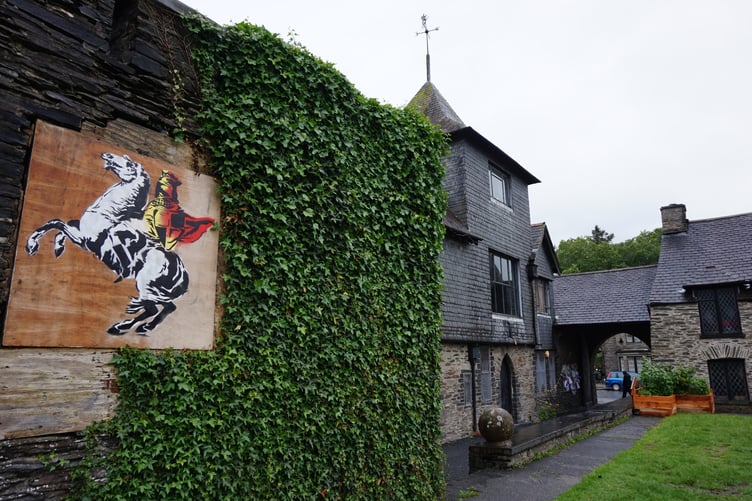A £2m refurbishment of the historic Canolfan Owain Glyndŵr Institute in Machynlleth has been put on hold after heritage officers raised a number of concerns over the “unacceptable” plans for the 600-year-old building.
A scheme was put forward last year to add disabled access and facilities as well as energy efficiency schemes which would “bring the building into the 21st century”.
Listed Building Consent asked for “alterations and improvements to include installation of disabled lift to serve first floor, repairs and upgrade of internal fabric, energy efficiency improvements, internal alterations to provide disabled toilets and external works and improvements” at the 15th century listed building, believed to be home to Wales’ first-ever parliament. Planning documents said the move to add disabled access and toilets followed a review, survey and series of meetings in a bid to improve the use of the building.
The review found “one of the main issues is to facilitate disabled access and WC facilities” at the site, with the addition of an internal lift to link the ground and first floors.
Apart from the new lift, minor changes were also proposed on the first floor to provide additional toilets and a small kitchen for evening events, along with solar panels and air source heat pumps to boost the building’s sustainability.
However, heritage officers from Powys County Council have scotched the plans due to a “significant number of areas of concern”, a planners report said.
“Several of the proposals are unacceptable,” heritage officers said.
Officers said that an “application of this scope on a building of this significance requires robust justification” and called for the plans to be refused.
The plan “does not adequately appraise significance of the building or outline fully that all options have been considered in achieving the aim and objectives”, officers said, and said there was a lack of information over other aspects including the solar panels and heat pumps.
“The scheme proposed is large-scale and invasive, impacting walls, roof, windows, internal and external finishes, services, and re-ordering certain areas as well as impacting key design features of the building,” the planning report said.
“The assessment of impact of these proposals is discussed in broad terms with limited technical or specific detail.
“The scheme is considered to harm the character of the building in some areas, be unjustified in others, and uncontrollable by the local authority given the limited details on the plans.”



.png?width=209&height=140&crop=209:145,smart&quality=75)

Comments
This article has no comments yet. Be the first to leave a comment.